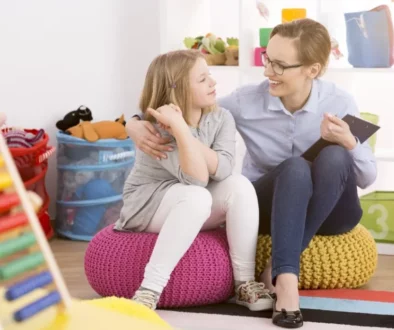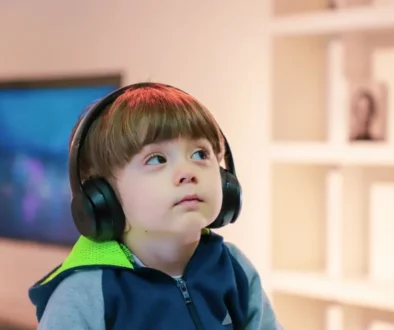What Is the Typical Autism Diagnosis Age for Children? A Closer Look
About 1 in 44 children are diagnosed with autism spectrum disorders. This has many parents wondering if their child is on the spectrum, and if so, how would they know?
Read on to learn more about the average autism diagnosis age, what to look out for in your child, and more.
What Is the Average Autism Diagnosis Age?
Although many parents start to notice developmental delays early, most children are not diagnosed with autism spectrum disorders until they are a little under 4 and a half years old.
The Importance of Diagnosing Autism Early
Catching an autism diagnosis early is one of the most important keys to getting your child the attention they deserve. Some children don’t receive a diagnosis until they are in a classroom setting, which can make it harder for them to adapt.
When autism spectrum disorders are found early, children can start the proper therapies they need to get them ready for school and other big milestones.
What Can Prevent an Autism Diagnosis?
There are a few things that can cause a late diagnosis of autism spectrum disorders. One of the factors that can delay a diagnosis is where a child lives. It has been found that children who live in urban settings are likely to get diagnosed earlier than those in rural settings.
Families in rural areas may not live close to the proper resources they need for their children. This is where telehealth can make a huge difference. If you want to learn more about the importance of telehealth in diagnosing autism, then check out our recent blog post on the subject.
In general, it is also easier for boys to get diagnosed than for girls. Symptoms of autism in girls can be more subtle and easier to mask. This leads to a late diagnosis among females.
Autism Symptoms for Parents to Look Out For
As a parent, it is essential to look out for possible signs of autism in your child. Here are just a few things to be aware of as your child begins to develop.
6-12 Months
Because your child will likely not be talking during this stage, it can be difficult to recognize the signs. Paying close attention to your child’s facial expressions is key.
If your child is not smiling or making big facial expressions, then you may want to talk to your pediatrician. If they are not making eye contact, then this should also raise a red flag.
Around 9 months or so, your child should be making small noises. If your child does not seem to be making any sounds, then this could be a cause for concern.
12-24 Months
When your child turns one, the signs may become a little more obvious. You may notice your child is still not making any noises or not responding when their name is called. If your child is not making any sort of gestures with their hands, such as pointing, waving, or clapping, then you should alert your pediatrician.
Around 16 months, your child should start to say a few words. If you notice that there is no effort to form simple words or phrases, then this could be a cause for concern.
Around 24 Months
By 24 months, your child should be making a significant effort to talk. If you notice there are none or very few words or phrases coming from your child, then this could be a sign of an autism spectrum disorder.
At Any Age
Any sort of speech or language development problem should be a cause for concern. Also, look out for signs such as your child not making eye contact, repetitive behaviors such as spinning or flapping, or difficulty adjusting to new environments.
If your child has an autism spectrum disorder, then they may also have a difficult time understanding the feelings of others. They may not correctly interpret emotions or moods. If you notice any of these issues, then contact a doctor for guidance.
How Developmental Pediatrics Can Help
If you believe your child may have autism, then the experts here at developmental pediatrics can help. We offer both an in-person and telehealth autism diagnosis test.
On your first visit, we will get a detailed health history and have you complete the M-CHAT-R screening. This will ask you questions about your child’s behavior and will help us to decide if further testing is needed.
If you move on to the second visit, we will set up a teleconference with you to complete a standardized interview to obtain the current level of adaptive functioning using the Vineland 3 Adaptive test.
On the third visit, we will review a video sent by you that shows you interacting with your child following a predetermined protocol in order to score the Autism Diagnostic Observation Scale 2.
During the fourth and final visit, we will present the report, diagnosis, and prescription for services. We will also discuss the prognosis and any follow-up appointments we would like you to schedule. During this time we will give you tips and tools to help your child at home.
Get Your Child the Help They Need Today
Now that you know the average autism diagnosis age, you can start to look out for the signs in your child. An autism diagnosis may seem scary, but with the proper technology and screening services, we can get your child the help they need.
If you want to learn more about our services, then feel free to contact us with any questions or concerns.



